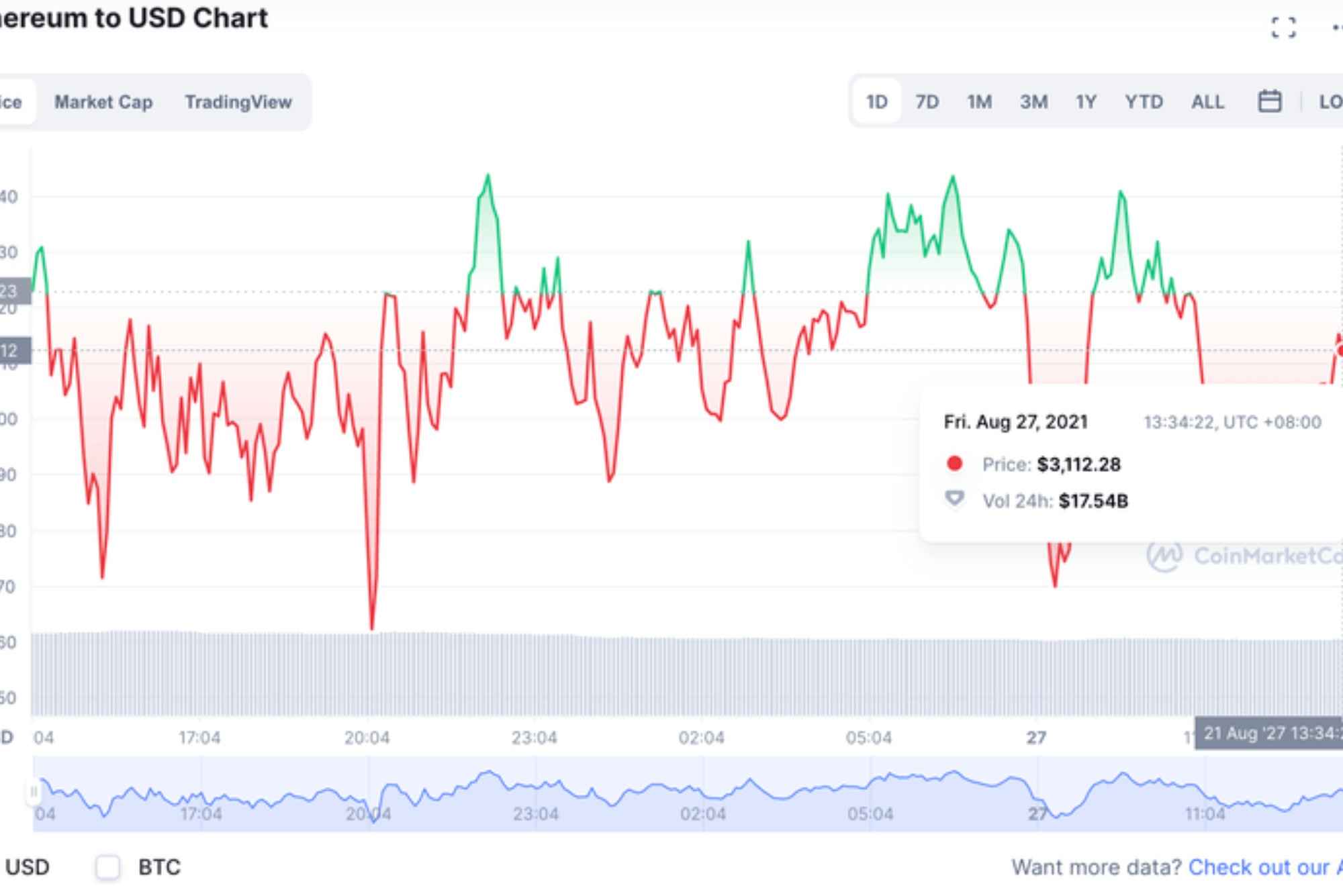In recent years, cryptocurrencies have captivated investors, tech enthusiasts, and even the general public worldwide. The rapid growth and popularity of digital currencies like Bitcoin, Ethereum, and numerous altcoins have brought concepts like “market cap” into everyday conversations. If you’re interested in investing in cryptocurrencies or just staying informed, understanding the cryptocurrency market cap live chart is essential. This article dives deep into what market cap is, its importance in the crypto world, and how to make the most of a live market cap chart.
Understanding Cryptocurrency Market Cap: The Basics
Before diving into live charts, let’s first clarify what “market cap” means in the context of cryptocurrencies. Cryptocurrency market cap, short for market capitalization, is a metric that helps gauge the size and overall value of a digital currency in the market. It’s a straightforward calculation obtained by multiplying the current price of a cryptocurrency by its total circulating supply.
For example, if a cryptocurrency is valued at $20 per coin and has 10 million coins circulating, its market cap would be $200 million. This market cap serves as a quick snapshot of the currency’s size and relative value compared to other digital assets. In this way, market cap allows investors to compare different cryptocurrencies and determine which ones have a larger or smaller footprint in the market.
Why Market Cap Matters in the Crypto World
Market cap is more than just a financial figure; it’s an indicator of a cryptocurrency’s perceived stability and value. Larger market caps often signify well-established coins with higher trading volumes and more stable prices. In contrast, coins with smaller market caps are typically newer and can experience more volatility, as their prices are more susceptible to big swings.
By understanding market cap, you can make more informed decisions about which cryptocurrencies align with your investment goals. Here’s how different ranges of market cap influence the cryptocurrency landscape:
Large Market Cap Cryptocurrencies:
Cryptocurrencies with a market cap above $10 billion are generally considered to be “large cap.” Bitcoin and Ethereum fall under this category. They’re viewed as relatively safer and more stable investments within the crypto world, as they’re less likely to experience extreme price fluctuations.
Mid Market Cap Cryptocurrencies:
Mid-cap cryptocurrencies, with market caps ranging between $1 billion and $10 billion, offer a balance of stability and growth potential. They’re not as widely known or traded as large-cap cryptocurrencies, but they’re well-established and present moderate risk.
Small Market Cap Cryptocurrencies:
Coins with a market cap below $1 billion are categorized as small-cap cryptocurrencies. These are often newer projects that have room to grow but are also prone to more volatility. They’re considered high-risk but can yield high returns if they gain traction in the market.
The Significance of a Live Market Cap Chart
Tracking cryptocurrency market cap through a live chart is incredibly valuable, especially in a market known for its rapid price swings. A live market cap chart provides real-time data and allows you to monitor multiple cryptocurrencies at once. This is especially beneficial for traders and investors looking to capitalize on price changes as they happen. By observing a live chart, you can also gain insights into which cryptocurrencies are currently trending or declining, giving you a sense of the broader market sentiment.
A live chart is particularly useful because it provides a quick and comprehensive view of the market at any given time, often showing the percentage change for each cryptocurrency over specific time intervals (e.g., hourly, daily, or weekly). This helps investors make timely decisions based on market conditions.
How to Use a Live Cryptocurrency Market Cap Chart Effectively
Using a live cryptocurrency market cap chart can feel overwhelming, especially if you’re new to crypto investing. Here are some key elements to focus on when analyzing a live chart:

Real-Time Price Updates:
One of the most important aspects of a live chart is the real-time price. Cryptocurrency prices can change dramatically within minutes or even seconds, so keeping an eye on these updates helps you act quickly, especially if you’re looking to buy or sell.
Volume Indicators:
Volume refers to the number of coins being traded over a certain period. High trading volume often indicates a strong market interest in that cryptocurrency. If you notice high volume on a particular coin, it may suggest that investors are either buying into it or selling it off.
Market Capitalization Rankings:
Many live charts rank cryptocurrencies based on their market cap, which helps you quickly identify the major players in the industry. This ranking can be useful when deciding which cryptocurrencies to focus on, especially if you prefer more established coins.
Timeframe Options:
Most live charts allow you to adjust the timeframe, giving you a closer look at market behavior over different periods (e.g., hourly, daily, weekly, or even monthly trends). For example, if you’re a day trader, you might focus on hourly charts, while long-term investors may prefer daily or weekly data.
Technical Indicators:
Some live charts include technical analysis indicators like moving averages (MA) and Relative Strength Index (RSI). These indicators help you gauge the strength and direction of the market’s momentum, aiding in spotting potential buying or selling opportunities.Comparative Analysis: Many platforms allow you to compare multiple cryptocurrencies side by side, which is useful when trying to decide between different assets. You can see which cryptocurrencies are outperforming others and determine where market sentiment might be shifting.
Best Practices for Using Market Cap Data in Crypto Investments
When using market cap data in your investment strategy, keep in mind a few essential practices to maximize your insights:
Combine Market Cap with Other Metrics:
While market cap provides a snapshot of a cryptocurrency’s value, it’s not the only metric to consider. Be sure to look at other factors like trading volume, price trends, and the project’s development roadmap.
Stay Informed on Market News:
Cryptocurrency markets are highly influenced by external factors, such as regulatory news, technological developments, or endorsements by influential figures. Staying updated on news events can give you an advantage when analyzing live market cap data.
Consider the Market’s Volatility:
Even large-cap cryptocurrencies can experience significant price swings, so always approach the market with a risk management strategy in place. Diversifying your portfolio across different types of cryptocurrencies (large, mid, and small-cap) can also help you mitigate potential losses.
Leveraging the Cryptocurrency Market Cap Live Chart for Informed Decisions
In the rapidly evolving cryptocurrency market, having real-time access to a cryptocurrency market cap live chart is crucial for staying ahead. This tool not only allows you to monitor price and volume but also helps in identifying market trends and comparing the performance of various cryptocurrencies. However, while market cap is a valuable metric, it’s just one piece of the puzzle. To make informed investment decisions, combine it with other metrics, market research, and a solid understanding of the underlying technology and purpose of the cryptocurrency.





